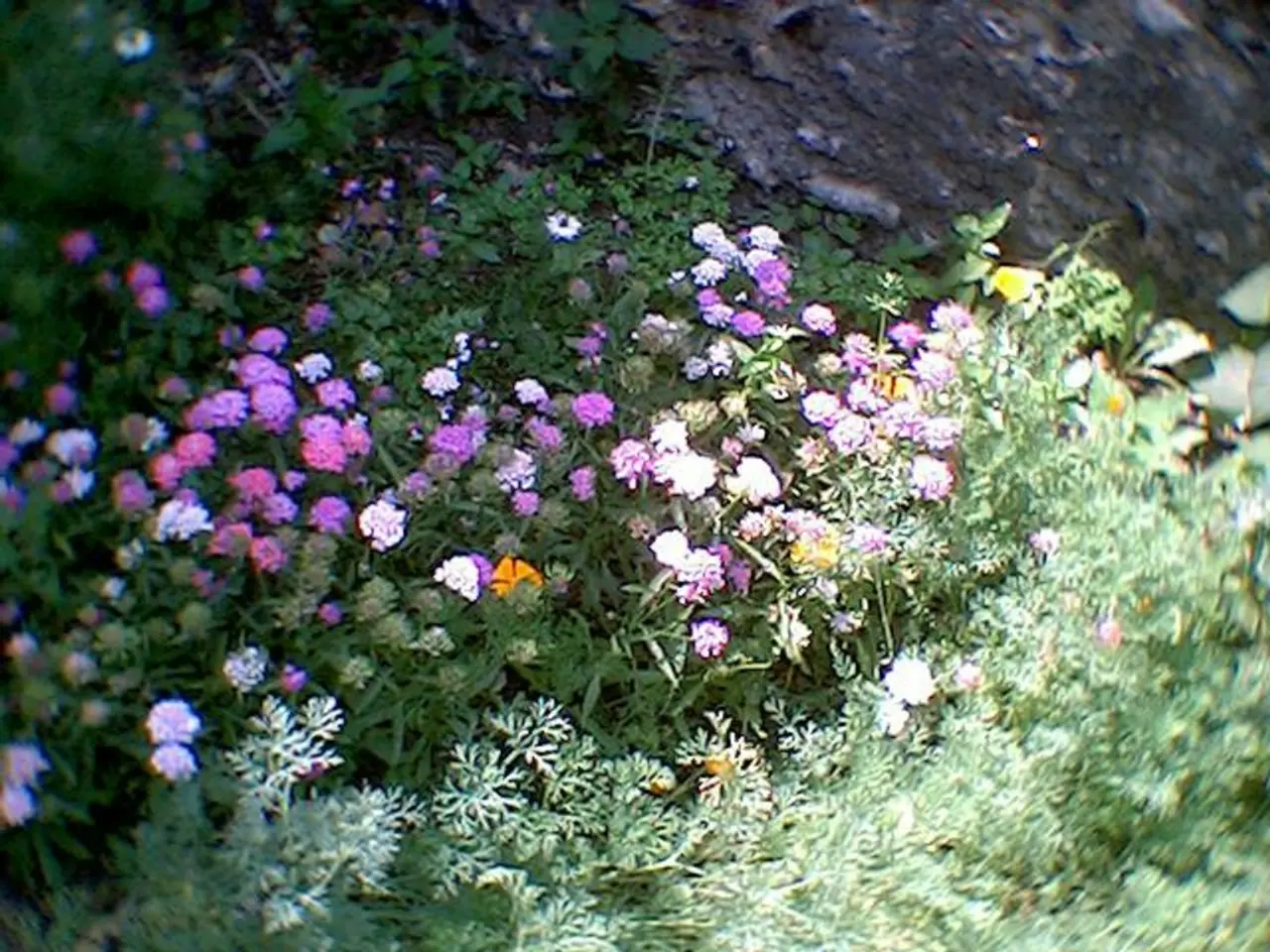Plants to Enhance Winter Appeal in Your Garden
In the colder months, many gardens can appear barren, but there is a selection of plants that not only bring life and colour to your outdoor space but also provide food and shelter for wildlife and birds. These plants are perfect for creating festive wreaths and arrangements, making them ideal choices for the winter season.
One such plant is the holly (Ilex species), an evergreen shrub with glossy leaves and bright red berries that persist into winter. These berries not only serve as decorative elements for wreaths but also provide a valuable food source for birds.
Another popular choice is the evergreen viburnum (Viburnum tinus). This shrub offers year-round shelter and has late-winter white or pink flowers with a sweet almond scent that attract bees. Its berries also feed wildlife, making it a versatile addition to any winter garden.
The sweet box (Sarcococca) is an evergreen shrub that produces strongly scented flowers in late winter, attracting pollinators. It also bears berries in autumn that provide food for wildlife, making it a great choice for a winter-interest plant.
Witch hazel (Hamamelis) is known for its uniquely shaped red, orange, or yellow flowers that bloom in late winter (February to March), attracting bees, flies, and moths. While it is less commonly used in wreaths, it greatly enhances winter garden life and supports wildlife.
Butcher's broom (Ardisia crenata), cotoneaster, and other shrubs with bright red berries that last through winter are frequently used in festive wreaths and arrangements. These plants not only provide decorative elements but also serve as a valuable food source for wildlife.
Arrowwood viburnum (Viburnum dentatum) is a native North American shrub that offers late summer to fall berries which feed migrating birds. It also provides flowers that nourish pollinators, making it a valuable addition to any winter garden.
In addition to these, several ornamental plants are worth considering for their winter-interest appeal. The Lunaria annua, for instance, has papery 'moon-like' seedheads that command attention later in the season. It grows in any fertile garden loam and is seasonally interesting from May to December.
The Lilium martagon is a plant with upright stems carrying ascending whorls of flowers, each small and demure, in shades of plum, pink, and white. It reliably seeds around given suitable conditions and provides sustenance for a wide range of insects and small mammals in winter. It prefers neutral to alkaline soil and is seasonally interesting from late spring to early winter.
The Miscanthus sinensis 'Malepartus' is a grass that blooms in late summer with silky flower spikes that are dark red for a month. It prefers moisture-retentive soil and sun or dappled shade, reaching heights of 1.8-2.1m.
The Calamagrostis brachytricha 'Mona' is a woodland grass known colloquially as spangle grass, with an elegant, arching habit. It has soft mauve-tinted flower heads in late August and September, reaching a height of 1.4m.
The Ligularia 'Britt Marie Crawford' is a member of the daisy family with large, glossy, kidney-shaped leaves and deep orange flowers. It is hardy to RHS H6, USDA 4a-9b and is seasonally interesting from late spring to winter (for skeletal structure).
Lastly, the Eryngium giganteum 'Silver Ghost' is a biennial sea holly with more silvery foliage and smaller cones than its counterpart. It prefers well-drained soil and full sun and is hardy to RHS H7, USDA 4a-7b.
These plants, along with the aforementioned holly, evergreen viburnum, sweet box, and butcher's broom/ardisia/cotoneaster, make excellent choices for winter-interest plants that also serve as valuable sources of food and shelter for wildlife and birds.
- The holly, evergreen viburnum, sweet box, butcher's broom, and various shrubs with red berries not only beautify winter gardens with their berries and flowers, but they also serve as crucial food sources for wildlife and birds, making them ideal choices for creating festive wreaths and arrangements.
- Beyond those, the Lunaria annua, Lilium martagon, Miscanthus sinensis 'Malepartus', Calamagrostis brachytricha 'Mona', Ligularia 'Britt Marie Crawford', and Eryngium giganteum 'Silver Ghost' are also excellent winter-interest plants that offer a range of benefits from providing food for wildlife to adding interesting structures to gardens.
- Home-and-garden lifestyle enthusiasts who wish to cultivate plants for winter interest, food, and wildlife can consider incorporating these plants into their garden designs for a vibrant and life-sustaining landscape throughout the colder months.




